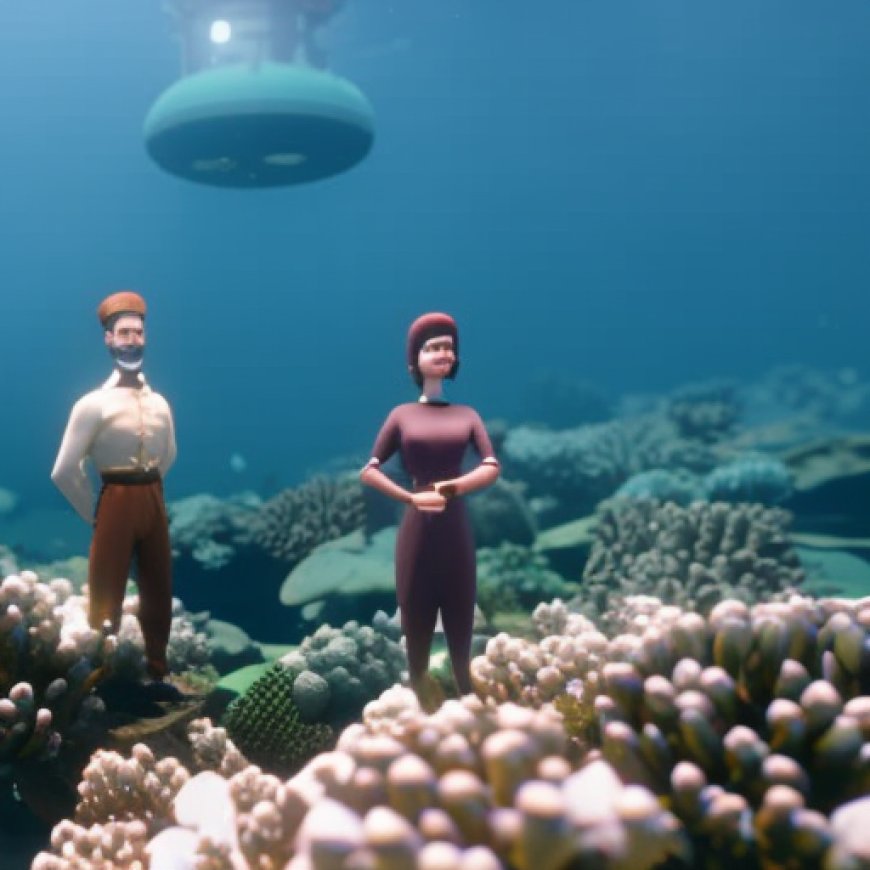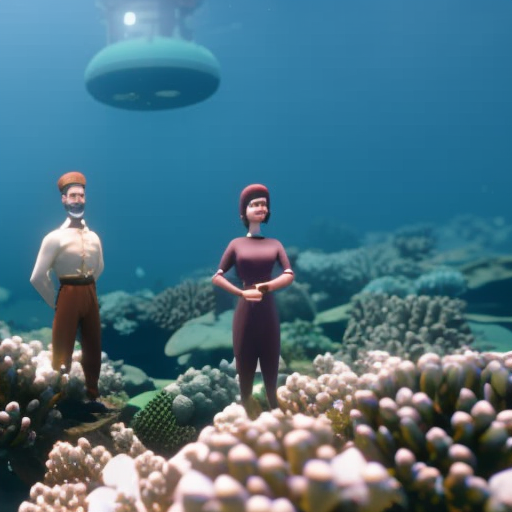Bloom Association » Reduction fisheries
Bloom Association » Reduction fisheries BLOOM Association


Sustainable Development Goals (SDGs) and Reduction Fisheries

The Importance of Sustainable Development Goals (SDGs)
‘Reduction fisheries’ target wild fish such as sardines and anchovies to transform them into fishmeal and fish oil to supply the aquaculture sector, as well as pig and poultry farming.
Despite high impacts on marine ecosystems and coastal communities, this topic is vastly overlooked by researchers, civil society, and public authorities. Overall, little independent information is available, and the reduction fishing industry remains opaque and adverse to cooperation. This sector of activity and its consequences on the sustainability of farming require closer observation and more independent scientific investigations.
The overall pattern of reduction fisheries is questionable when considering the global process of ‘fishing down marine food webs’, the expansion of fleets into the waters of developing countries, and the final use of the product (fishmeal), which feeds a mostly unsustainable aquaculture scheme of predatory fish and forms an unnecessary input into the diet of non-piscivorous species such as pigs, poultry, or mink (farmed for fur).
Report: “The Dark Side of Aquaculture”
Reduction fisheries were developed as a result of our inability to sustainably manage abundant traditional fish stocks. ‘Fishing down’ processes from species high in the food chain to species lower in the food chain also occurs within reduction fisheries themselves, which are shifting from typical pelagic species such as anchovy, sandeel, and herring to new, hitherto ‘undesirable’ species such as boarfish and lanternfish (Myctophids).
Urgent Issues with Social and Environmental Consequences
- Overall, 90% of the fish reduced into fishmeal and fish oil are perfectly fit for human consumption. Instead of contributing to food security, especially in developing countries where pelagic species are often captured, these fish are used to farm salmon for developed countries (as a result of the massive overfishing and eventual collapse of wild salmon populations);
- The fastest growing type of aquaculture, which produces predatory species that match the taste and demand of consumers in developed countries, is the most problematic one with the highest impact on the ocean, ecosystems, and humans. The growth of this sector simply corresponds to business opportunities supported by strongly questionable labeling schemes such as the Marine Stewardship Council (MSC) and the Aquaculture Stewardship Council (ASC), although solutions that should be encouraged do exist to minimize the impact of reduction fisheries and fish farming on humans and the environment.
The Way Forward
We believe that only integrated multi-trophic aquaculture (IMTA) should be sought for by entrepreneurs and supported by public authorities, while direct consumption of wild fish should be a top priority of the global agenda.
Share this Article
SDGs, Targets, and Indicators
1. Which SDGs are addressed or connected to the issues highlighted in the article?
- SDG 2: Zero Hunger
- SDG 14: Life Below Water
- SDG 15: Life on Land
2. What specific targets under those SDGs can be identified based on the article’s content?
- SDG 2.3: By 2030, double the agricultural productivity and incomes of small-scale food producers, in particular women, indigenous peoples, family farmers, pastoralists, and fishers, including through secure and equal access to land, other productive resources and inputs, knowledge, financial services, markets, and opportunities for value addition and non-farm employment.
- SDG 14.4: By 2020, effectively regulate harvesting and end overfishing, illegal, unreported, and unregulated (IUU) fishing, and destructive fishing practices and implement science-based management plans, to restore fish stocks in the shortest time feasible, at least to levels that can produce maximum sustainable yield as determined by their biological characteristics.
- SDG 15.5: Take urgent and significant action to reduce the degradation of natural habitats, halt the loss of biodiversity, and, by 2020, protect and prevent the extinction of threatened species.
3. Are there any indicators mentioned or implied in the article that can be used to measure progress towards the identified targets?
Yes, there are indicators mentioned in the article that can be used to measure progress towards the identified targets. These include:
- Percentage of fish reduced into fishmeal and fish oil that are fit for human consumption (Indicator for SDG 2.3)
- Regulation of harvesting, end of overfishing, and implementation of science-based management plans (Indicators for SDG 14.4)
- Reduction of degradation of natural habitats, halt of biodiversity loss, and protection of threatened species (Indicators for SDG 15.5)
SDGs, Targets, and Indicators
| SDGs | Targets | Indicators |
|---|---|---|
| SDG 2: Zero Hunger | SDG 2.3: By 2030, double the agricultural productivity and incomes of small-scale food producers, in particular women, indigenous peoples, family farmers, pastoralists, and fishers, including through secure and equal access to land, other productive resources and inputs, knowledge, financial services, markets, and opportunities for value addition and non-farm employment. | Percentage of fish reduced into fishmeal and fish oil that are fit for human consumption |
| SDG 14: Life Below Water | SDG 14.4: By 2020, effectively regulate harvesting and end overfishing, illegal, unreported, and unregulated (IUU) fishing, and destructive fishing practices and implement science-based management plans, to restore fish stocks in the shortest time feasible, at least to levels that can produce maximum sustainable yield as determined by their biological characteristics. | Regulation of harvesting, end of overfishing, and implementation of science-based management plans |
| SDG 15: Life on Land | SDG 15.5: Take urgent and significant action to reduce the degradation of natural habitats, halt the loss of biodiversity, and, by 2020, protect and prevent the extinction of threatened species. | Reduction of degradation of natural habitats, halt of biodiversity loss, and protection of threatened species |
Behold! This splendid article springs forth from the wellspring of knowledge, shaped by a wondrous proprietary AI technology that delved into a vast ocean of data, illuminating the path towards the Sustainable Development Goals. Remember that all rights are reserved by SDG Investors LLC, empowering us to champion progress together.
Source: bloomassociation.org

Join us, as fellow seekers of change, on a transformative journey at https://sdgtalks.ai/welcome, where you can become a member and actively contribute to shaping a brighter future.







